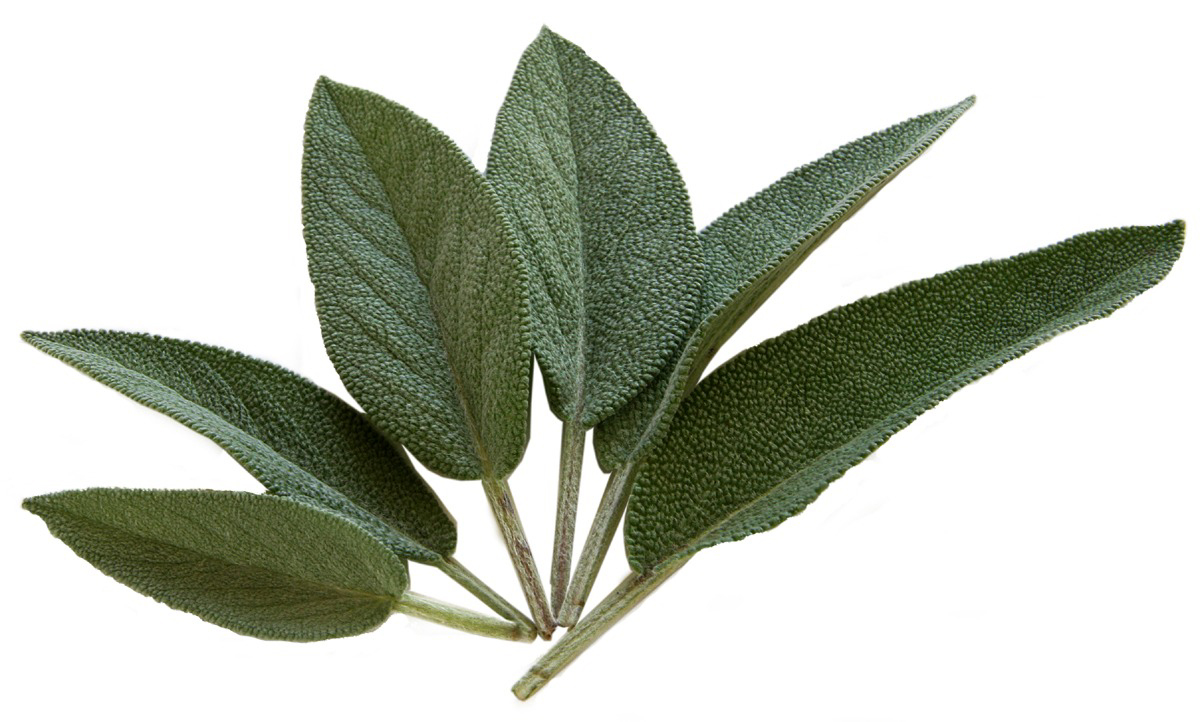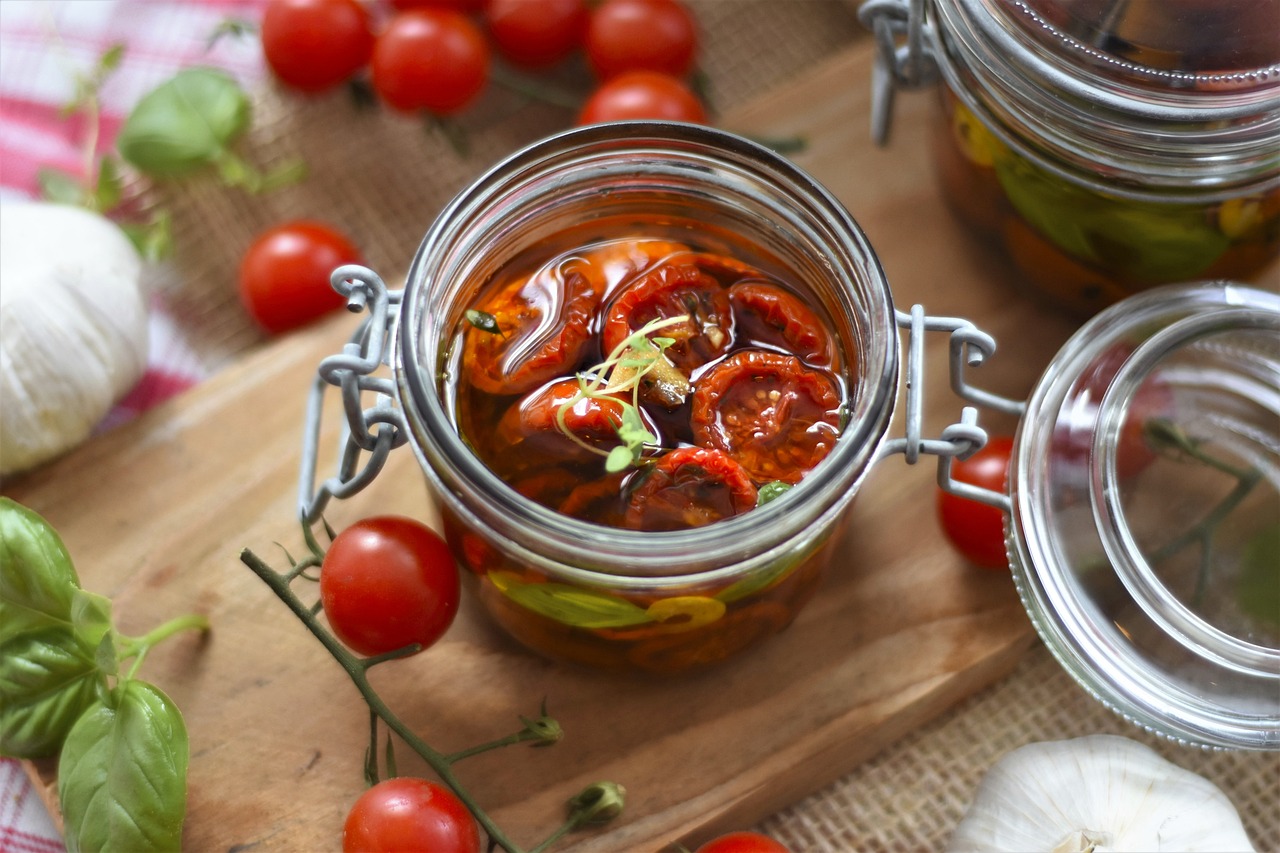Ways to Preserve and Use Garden Sage

I can feel Fall in the air, so I’ve been trimming back the herbs and harvesting their goodness before they die back for the winter. The last couple of days I’ve been working on the sage. I have tons of it. I don’t want any of it to go to waste, so here are some ways I am preserving it.
Sage Honey
Preserving sage in honey is a delicious and healthful way to enjoy the sage all winter long. When I say it is delicious, I mean so delicious you just might want to sit down with a spoon and an open jar and eat the whole thing! (Don’t really do that… way too much sweet for one sitting!)
Honey itself is highly anti-bacterial and tends to draw moisture to itself. When you combine honey with Sage, the honey will draw out the water soluble vitamins of the herb (due to it’s water drawing properties), and also the strongly fragrant and anti-infective volatile oils in the plant. The result is a sweet and delicious medicinal.
To make sage honey start with fresh sage and a small glass container (I used a pint size canning jar, but you can also use recycled jelly jars, etc). Pull off only the unblemished sage leaves from the stem and tear these into smaller pieces and fill your container. Press it down and really fill it — this takes quite a bit of herb to do, so if you only have a little sage, use a smaller container such as a baby food jar. When it is full, pour raw honey over the herb to cover, and then use a chop stick or other utensil to poke around to get the honey all around and under the herb. You will then probably have to pour on more honey to cover the herb again. Fill the container all the way to the top with honey, then cap tightly, put on a label with the name of the herb and the date, and then sit it on a shelf to “brew.”
The honey can be used within the next day or two, but the medicinal properties will increase the longer it sits. Many wise women let their honeys sit for at least six weeks before consuming. You do not need to remove the herb before using. To enjoy, just take out a spoonful of honey and herb, put it in a cup and pour boiling water over it for tea, or take a spoon full at a time like a cough syrup for a sore throat. You can also spread it on toast, or any other way you might use regular honey.
*Note: Do not give honey to children under 1 year. They cannot digest honey well enough to kill potentially harmful spores that are found in all honey. Older children and adults do not have this problem.*
Sage Vinegar
I started making herbal vinegars last year. I have found my vinegars to be wonderful for seasoning dark leafy greens and other vegetables, and as a primary ingredient, along with olive oil, in salad dressings.
Consuming herbal vinegars is really good for your bone health, too. According to herbalist Susan Weed, vinegar splashed onto cooked leafy greens increases the amount of bio-available calcium from the greens by one-third. Herbs are chock full of additional minerals that also become readily available to your body when they are infused in vinegar.
To make sage vinegar, start with fresh sage and a glass container. Pull off the unblemished leaves, tear them into smaller pieces, and fill your container. Pour regular apple cider vinegar over (I buy a gallon at a time from the grocery store) and stir to remove air, then pour more to completely cover the herb and fill the container to the very top. Cap tightly with a non-metal top, and put a label with the name of the herb and the date on it. Vinegar eats metal! Do not use a metal top. If all you have is metal, put a plastic baggie over the top of the jar before screwing on the lid. The vinegar is ready to use after six weeks. You can strain out the herb and put it in a nice bottle with a sprig of fresh herb, or you can just keep it in the “brewing” jar.
Dried Sage Tea
A spoonful of dried sage leaves and boiling water will make a lovely tea anytime you want a warm drink.
Different wise women dry herbs in different ways. One way that I like is to pluck off the unblemished leaves and put them in a small brown bag (lunch size). I roll the sides of the bag down to make a little open pouch, label the bag with the name of the herb, and then put the herb in. Every day or two I reach in and stir the leaves around to circulate air and promote even drying.
I like this method because it prevents having a lot of different herb bundles hanging all around the kitchen dropping leaves and debris all over the place. I don’t mind a few herb bundles, but I have limited space, so I would soon have to resort to hanging them from eye hooks in the ceiling if I used that method exclusively! The brown paper sack pouches can be sat anywhere I have room for them, so they make it much easier to live with a lot of drying herbs in the house.
You can make honeys, vinegars, and teas out of many different herbs in just the same way as you would sage. I plan to also make some of these with my Rosemary and Tarragon. You can experiment freely with just about any culinary herb.
If you haven’t yet grown any sage in your own garden, but want to experiment with it, you can usually buy fresh sage in the produce section of any grocery store. For best results, look for organic. Apple cider vinegar is available from any grocery store. For honey, I recommend finding a quality source for raw honey, as the heat processing of most commercial brands destroys many of its healthy benefits. Health food stores usually carry honey in bulk, and there are also several good online sources.
Well, making my honey, vinegar, and dried tea took care of a lot of my sage harvest, but I still have more!
The Author:
Tammy Herring is a writer, webweaver, homemaker and novice herbalist.









These sound like such nice, easy ways to make herb honey, vinegar and tea, and to dry herbs. Thank you so much!